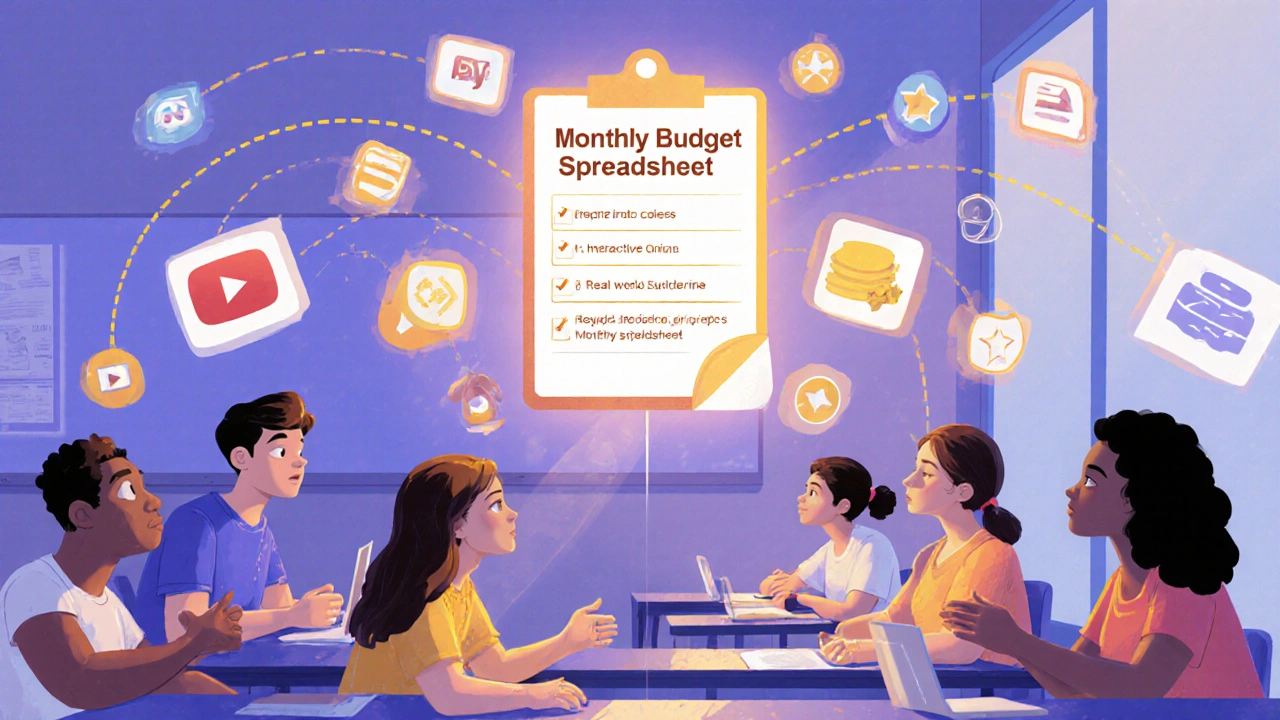e-Learning: What Works, What Doesn’t, and How to Get Real Results
When you think of e-learning, structured digital education delivered outside a traditional classroom. Also known as online learning, it’s become the backbone of modern skill-building—whether you’re learning to trade, code, or lead teams. But not all e-learning is created equal. Some courses leave you overwhelmed. Others feel like watching ads with a quiz at the end. The ones that actually work? They’re built on clear goals, real engagement, and respect for your time.
What separates good e-learning from the noise? It’s not fancy tech—it’s design. micro-learning, short, focused lessons that fit into 5–15 minute windows. Also known as bite-sized training, it’s why busy professionals keep learning without quitting their jobs. You don’t need to sit through two-hour lectures. You need to absorb one key idea, practice it, and move on. That’s how retention sticks. Then there’s gamification in learning, using points, badges, and challenges to turn passive watching into active doing. Also known as game-based education, it taps into the same drive that makes people finish video games—progress, recognition, and reward. And when you add personalized learning, content that adapts to your pace, mistakes, and goals. Also known as adaptive learning, it stops treating everyone like they’re the same. No more forcing traders to sit through stock market basics if they already know candlesticks. Tailor the path, and people stay engaged.
These aren’t just buzzwords. They’re the tools behind courses that actually change careers. You’ll find posts here that show how escape rooms boost retention, how white-label apps keep learners coming back, and why cohort-based learning beats self-paced isolation. You’ll see how to build certifications employers trust, how to make content safe and inclusive, and how to turn a simple glossary into a learning powerhouse. This isn’t about tech specs or software features—it’s about what makes people learn, stick, and apply what they’ve learned. If you’ve ever quit a course because it felt pointless, this collection is your fix. What follows isn’t theory. It’s what works—tested by real learners, real instructors, and real results.

Complete Guide to Instructional Design for Online Learning
Learn how to design online courses that actually work. This guide covers learning outcomes, chunking, active learning, feedback, accessibility, and tools used by top instructional designers in 2025.